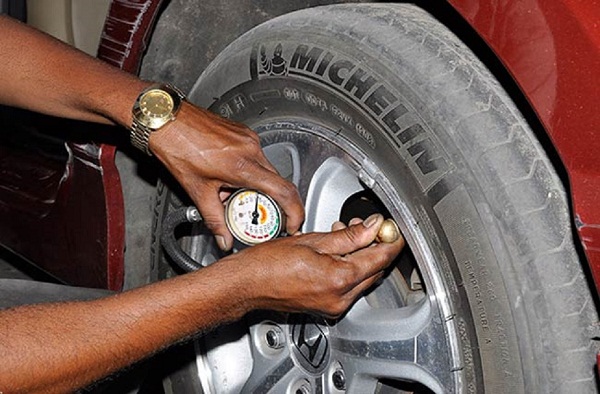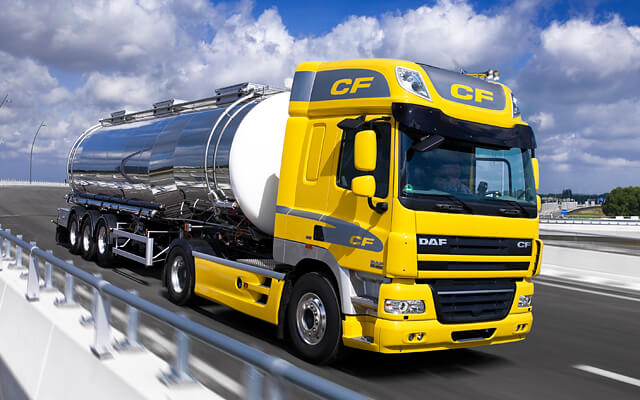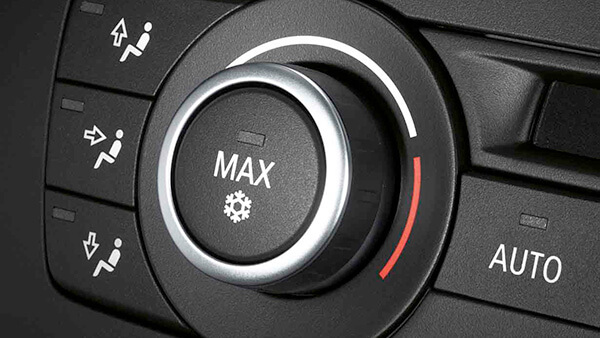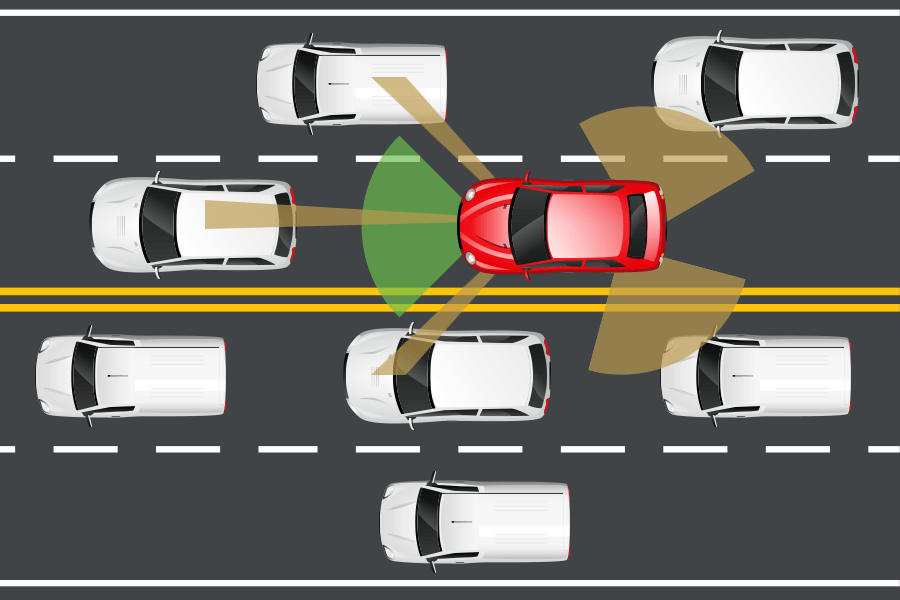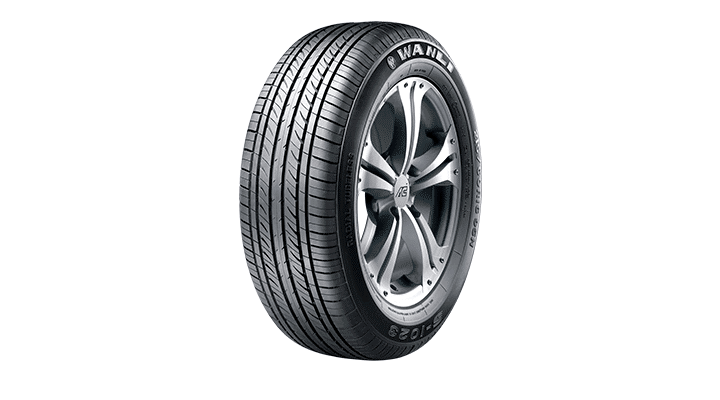Many of us go on motoring for mile after mile without checking our tyre pressure. Some can go between services without even considering the amount of air that ought to be pumped into their tyres.
Although some of us might kick the car’s tyres from time to time, maybe ahead of long motorway journey for instance, this is only the roughest of gauges and is hardly an accurate measurement of pressure. Even if you stop to check the tyre pressure using an electric pump at the filling station once in a while, it is worth asking yourself if you do this often enough.
Perhaps, if your tyres need pressure adding every time that you check, then it might be worth doing this with a greater regularity. After all, driving with tyres that are under-inflated can cause problems which are easily avoided.
Extend the life of the tyres
Most mechanics would agree that maintaining the correct air pressure in your car’s tyres is important. With the right amount of air pressure set in your tyres, they will go on for a longer period. Once your tyres have become sufficiently worn down, they are no longer street legal and you could face a fine. Under-inflated tyres wear more rapidly on all sorts of road surface.
Brake Efficiently
Not only do correctly inflated tyres enhance the handling of a car, they can also prevent accidents. This is because tyres which have a low pressure cause you to brake inefficiently.
Simply put, swerving out of trouble and braking quickly are both harder with under-inflated tyres. This is the case even if it just one of your wheels that is affected.
Avoid Poor Mileage
Failure to maintain the correct tyre pressure with your vehicle can also result in poor mileage. Low tyre pressure leads to more energy being used by the car to get it moving in the right direction. You end up burning more and more fuel to accelerate. Even when you have reached a good cruising speed, on the motorway or a dual carriageway, under-inflated tyres cause you to use more energy maintaining that speed. Low tyre pressure means that you have to fill up with fuel more often and, like the cost of tyres that are wearing down quickly, all of this ends up costing money.
Find out the correct air pressure for your car
The correct air pressure for your car can be found in the owner’s manual or on a tyre panel. This is usually located on the edge of the driver’s door or in the glove box. Some models of car have it handily displayed on the inside of the fuel filling cover. Remember that – with some models – you have to inflate the car’s rear and front wheels to differing levels for them to be correct. For van owners, it is essential to adjust the tyre pressure depending on the weight of the load that you carry in the back, because heavy loads can cause problems for tyres which are over-inflated.
